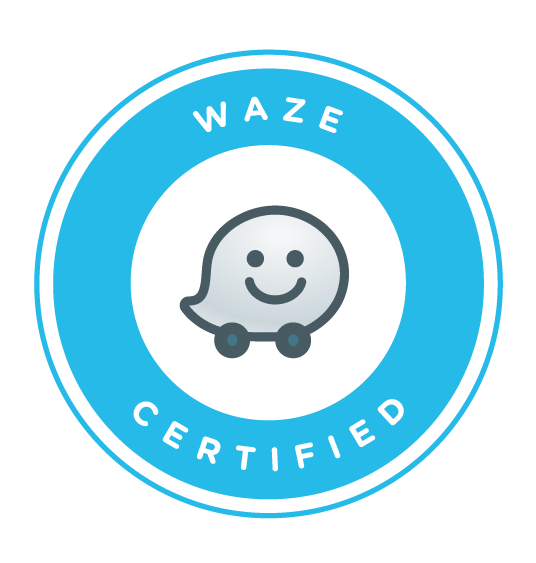
Recently leaked Google Search API documents reveal more key factors influencing site rankings than previously thought. In total, more than 14,000 data points were mentioned.
Google’s meticulous data collection process, using extensive clickstream data from its Chrome browser, is a testament to the depth of its analysis. It evaluates site quality, employing systems like NavBoost and Glue. Significant metrics include click-through rates, long vs. short clicks, and user intent.
The documents suggest that Google employs whitelists for specific scenarios like travel, COVID-19, and elections. Quality rater feedback is integrated into the ranking process, and click data helps determine the weight of links in rankings.
The leak highlights a more complex and data-driven ranking system than Google publicly acknowledged. It also contradicts many of Google’s previously published denials around the impact of specific factors.
You can read the full article from Rand Fishkin here (approx. 28 min read).
Summary of the key findings from the leaked Google Search API documents:
- Clickstream Data Utilisation: Google uses extensive clickstream data from its Chrome browser to evaluate site quality.
- NavBoost and Glue Systems: These systems process clickstream data to refine rankings.
- Metrics and Signals: Click-through rates (CTR), long vs. short clicks, and user intent significantly influence rankings.
- Whitelists: Specific scenarios like travel, COVID-19, and elections may involve whitelists.
- Quality Rater Feedback: Integrated into the ranking process to assess content quality.
- Link Weight Determination: Click data helps decide the importance of links for rankings.
- Data-Driven Approach: Highlights a more intricate and data-heavy ranking system than Google publicly discloses.
What are the implications, especially for small businesses?
- Data-Driven SEO: Google’s reliance on clickstream data implies that user behaviour on your site significantly impacts rankings.
- Quality Content: Integration of quality rater feedback suggests producing high-quality, user-centric content.
- Link Importance: The weight given to links based on click data emphasises the need for a strong backlink strategy.
Practical Ideas to Maximise SEO Potential
- Improve User Engagement:
- Optimise User Experience: Ensure fast loading times, mobile-friendly design, and easy navigation.
- Encourage Longer Visits: Provide valuable, engaging content to reduce bounce rates (increase engagement rates) and encourage clicks deeper into your website.
- Create High-Quality Content:
- Content Relevance: Tailor content to meet user intent and provide in-depth, informative articles.
- Use Quality Feedback: Regularly update content based on user feedback and behaviour metrics.
- Strengthen Backlink Strategy:
- Earn Quality Links: Focus on acquiring backlinks from reputable sites relevant to your industry.
- Monitor Link Performance: Use analytics to assess which backlinks drive the most engagement and traffic.
- Leverage Data Insights:
- Analyse Click Data: Use tools to monitor click-through rates and adjust strategies accordingly.
- Refine Keywords: Focus on keywords that drive meaningful engagement and align with user intent.
- Build Brand Recognition:
- Consistent Branding: Maintain a consistent brand image across all platforms.
- Engage on Social Media: Increase brand visibility through active engagement on social media.
- Content Marketing: Produce branded content that establishes authority and trust in your industry.
By focusing on these areas, small businesses can align their SEO strategies with Google’s sophisticated, data-driven approach to site ranking and leverage the power of a solid brand to improve visibility and search rankings.
If you need help with your SEO, contact us on 01603 343477 for information about our SEO consultancy service.
Glossary of Technical Terms
Clickstream Data: The sequence of clicks made by a user while browsing, used to analyse behaviour and preferences.
NavBoost: A Google system that processes clickstream data to improve search rankings.
Glue: Another Google system that refines search rankings using clickstream data.
Click-Through Rate (CTR): The percentage of users who click on a search result out of the total who view it.
Long vs. Short Clicks: Long clicks indicate users stayed on the site longer (positive signal), while short clicks suggest quick returns to the search results (negative signal).
User Intent: The goal or purpose behind a user’s search query.
Whitelists: Lists of approved websites or scenarios given preferential treatment in search results.
Quality Rater Feedback: Evaluations from human raters about the quality of search results, used to train algorithms.
Link Weight: The importance assigned to backlinks influenced by user engagement data.
Brand Recognition: The extent to which users know and trust a brand, impacting SEO.
User Behavior Metrics: Data on how users interact with a site, including time on site and bounce rate.
Content Quality: The relevance, depth, and value of the content provided on a website.
Backlinks: Incoming links from other websites, are essential for SEO authority and ranking.




